#Rocket Launch
Explore tagged Tumblr posts
Text




Excess Fuel from SpaceX Falcon 9 creating a spiral vortex
l JayinKyiv (Ukraine) l Shu (U.K) l Nick Bull (U.K)
#spaceX#space#astrophotography#astronomy#nasa#night#stars#sky#rocket launch#falcon 9#galaxy#universe#solar system
599 notes
·
View notes
Text

March 6, 2009 — The Kepler Space Telescope launches from Cape Canaveral
Kepler, named after astronomer Johannes Kepler, was NASA's first planet-hunting mission and searched for Earth-sized planets outside the solar system. During its nine years of operations, it discovered over 2,600 exoplanets before retiring in October 2018.
image credit: NASA/USAF
66 notes
·
View notes
Text
Absolutely mind blowing to watch this happen just a few feet away!
#space travel#spacex#elon musk#musk#love & rockets#astronomy#nasa#astronomers#universe#nasa photos#astrophotography#outer space#astrophysics#nasawebb#hubble space telescope#spacecraft#space science#space exploration#space#james webb space telescope#our universe#the universe#rocket launch#nasa astronauts#nasa science#nasa jpl#nasa picture of the day#science facts#planetary science#science
89 notes
·
View notes
Text



First digital fanart! Shout-out to EV3RSTØRM on YouTube for inspiring this drawing!
youtube
Guy that made the tech (EV3RSTØRM).
youtube
Guy that helped me understand it (Quickzanity)
#trans girl#art#ultrakill#ultrakill fanart#fanart#trans#artists on tumblr#jack hammer#rocket launch#digital art#drawing#I love the sound this makes#first digital art#v1 ultrakill#v1 fanart#ultraviolence#Youtube#ultrakill tech
179 notes
·
View notes
Text
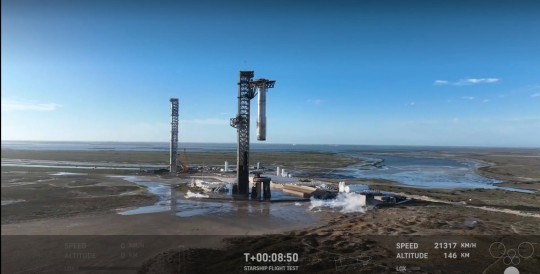
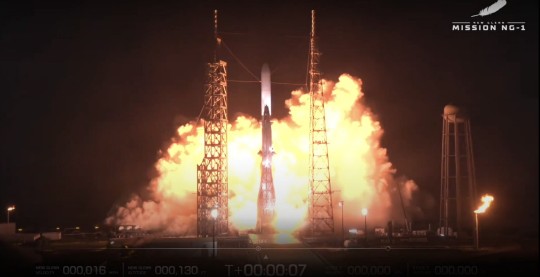
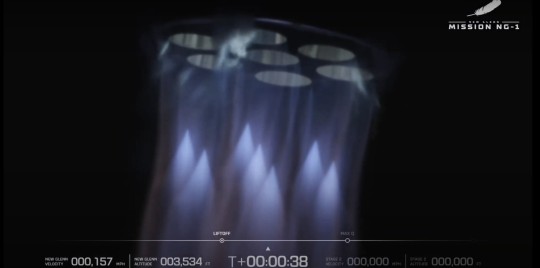
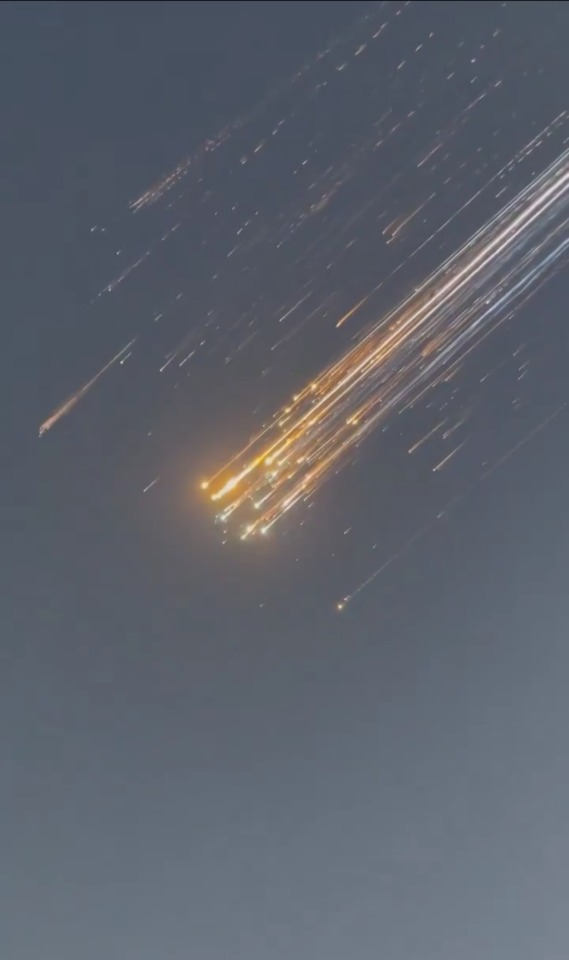
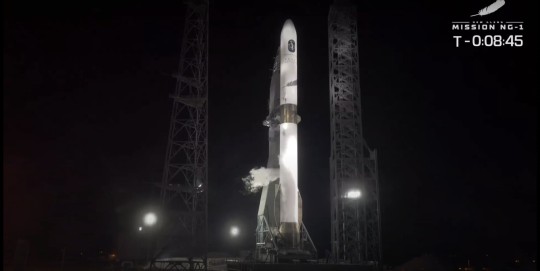
January 16th, 2025 will go down in history as a pretty eventful day in space flight, I think. Beginning with the successful first orbital launch of New Glenn before failing to land the booster, the afternoon showcased SpaceX's second Super Heavy booster catch and the RUD of their first Block 2 upper stage. A day rich with incident.
62 notes
·
View notes
Text

Beautiful long exposure shot of the Aug. 24, 2012 rocket launch of two Van Allen Probes by Astrophotographer Mike Killian.
59 notes
·
View notes
Text
Soyuz Exhaust
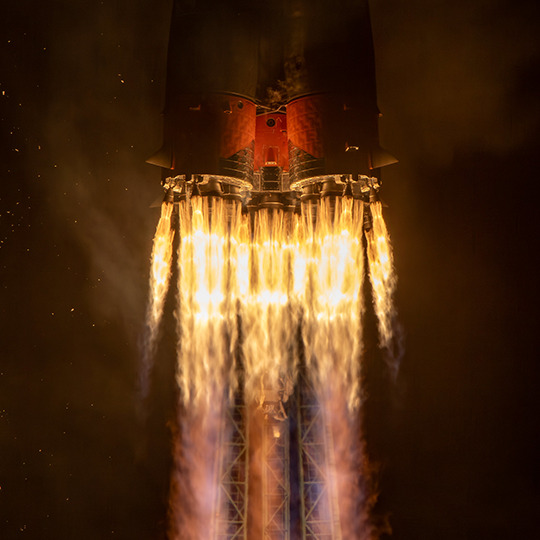
Here, a Soyuz rocket takes off in 2023, carrying three of the Expedition 70 crew to the International Space Station. This initial stage of the Soyuz launch vehicle uses four identical rocket boosters lashed around the second stage core. (Image credit: NASA) Read the full article
93 notes
·
View notes
Text

I’m my Cardi B voice: What was the reason?


How will the bolt-ons hold up in space?
It costs $68 million per launch. 😡
I have questions and concerns.😂
#jeff bezos#blue origin#rocket#new glenn#gayle king#lauren sanchez#Katy Perry#amanda nguyen#aisha bowe#kerianne flynn#billionaire#toys#rocket launch#low earth orbit#Leo#commercial missions#space#John Glenn#astronaut#wasteful spending#womankind
17 notes
·
View notes
Text
OKAY SO I HAVE TO TALK ABOUT THE WHOLE SENDING CREMAINS TO THE MOON THING If you haven't heard about it, a bunch'a dead people (cremated) (just a teaspoon or less of each) are going to the Moon, where they will stay forever. They left this morning, riding up on a United Launch Alliance rocket for Peregine Mission One, technically out of Pittsburgh, PA but launched as usual from Florida. There are five NASA payloads on the mission, so Science is Happening. That’s cool, I’m all for it. But I, and it turns out the Navajo Nation, are not very cool with the Elysium and Celestis parts of the deal, which is sending a hundred something dead people’s remains up there. I’m against it because while I’m all for scattering cremains in nature—returning your carbon to the cycle—and I’m all for cemeteries and tombs, this won’t be either; there’s not any breaking down, there’s not any cycle, and there’s no hallowed ground. The Navajo Nation, in the letter they wrote to NASA in December, is against it because to them the Moon is sacred. You don’t just drop corpses on sacred things, basically. They weren’t asking to stop the mission, just to be consulted about how to handle it with grace; their request was denied. NASA couldn’t have done anything for them, anyway, because this isn’t a NASA mission even if they’re sending payloads up. So the Magical Flying Husband and I good-naturedly Got Into It on the topic, on Saturday, and we still don’t quite agree. To my mind, it’s gross and tacky to throw a Space Rubbermaid full’a cremains up there. There were already the remains of one single person on the moon, as Eugene Shoemaker’s ashes went up with the Lunar Prospector thirty-something years ago. He was a scientist who trained Apollo astronauts about what to expect when they reached the Moon; a geologist with his eyes on the stars. Having him up there doesn’t oog me out. Having a bunch of randos who only get to go there because their families have the money for it, that oogs me out. And then there’s just the pure metaphysical aspect; we put gates around our cemeteries for a reason. We make specific places out to be the resting places of the dead, so that we can say here are the dead and here the dead are not. Most of the religions or belief systems which have the dead remain in the home, on altars or in special (holy!) rooms within the building, also have requirements for attendance on those lost relatives. Incense, prayer, attention. You can’t do that if you lawn-dart Grandma onto the Moon. So throwing a bunch of bodies into a place where they will never degrade, without marking out land as “this specific place is where our dead go,” is either a hugely expensive method of littering, or it makes the whole Moon into a cemetery.
So the MFH and I have this discussion, back and forth, and then we realize we don’t really have any data. How many people are going up? Who are they? What’s the deal? So I looked it up. There are two companies sending cremains on this trip, Celestis and Elysium. Both of them have (frankly, tacky) websites selling you the ability to send Grandma to the Moon.
Celestis starts you at about three thousand US dollars to put some ashes onto a payload that goes up, and then comes down again; the equivalent of tying her to an Estes rocket that you launch from the park, only this is a proper spacegoing rocket that gets up there. She just doesn't get to take the whole ride.
Further Celestis packages allow you to put Grandma into orbit, send Grandma to the Moon, or send Grandma out into Deep Space.
(Reading that aloud is the point where the MFH's ears really quirked. It is very difficult and very expensive to get something properly into Deep Space. That offering is bullshit, and can't not be bullshit, and this is where the MFH decided probably this whole thing was more than a little scammy.)
The Orbit Grandma package is particularly romantic; the orbit she'll be put into is a degrading one, so that after some time spinning around our gorgeous blue marble, she'll reenter the atmosphere and become a visible shooting star.
(The MFH said "Is there going to be a big enough payload to be visible with the naked eye? What amount of matter is required for that?" and then we had to do Math about it. Of course, it's not just Grandma who would be on that bus, it's another hundred people or whatever; the image appears to show a hundred or more thimbles of cremains stored separately in basically a large cube container. So maybe the size of a soccer ball? I think it would be visible. It is, however, impossible to say "look there, and you'll see Grandma!" so while it would be visible to someone, it's not going to be something you can make sure to see.)
Elysium offers all the same packages, with slightly different names. But unlike Celestis, Elysium has a little row at the bottom of the page with photographs of previous launches. They've done this before, they're saying, and Grandma is safe with them.
So I looked up the launches, and found a Wikipedia page on them. And oh my god. That's where my ears quirked, and then I started cackling, and the whole slightly-fractious discussion with the MFH absolutely dissolved into macabre jokes.
Because, yeah, there have been two previous launches. One of them failed to reach orbit. A payload of Grandmas was put onto the next one, to make up for the failure.
The second launch, which was to be a Shooting Star trip for the god knows how many people that the first launch failed? That one made it to orbit! All good, right? Now Grandma can orbit for a while, and then immolate for a second time, this one much more spectacular and high-velocity than the first?
ABSOLUTELY not.
Because of licensing issues.
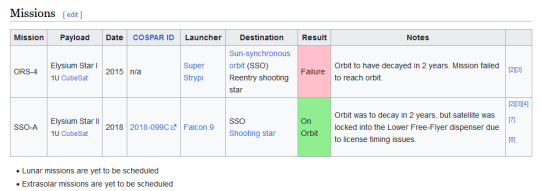
(image: two columns of text describing Elysium launches: ORS-4 Elysium Star I, launched on a Super Strypi, was destined for reentry failed to reach orbit.
SSO-A Elysium STar II, launched on a Falcon 9, was destined for reentry and made orbit successfully. "Orbit was to decay in 2 years, but satellite was locked into the Lower Free-Flyer dispenser due to license timing issues." )
Grandma is stuck in the dispenser. Grandma's in a gacha-gacha that just spins around and around and around and around, never releasing its prize to her glorious conflagration.
Because of licensing issues.
I'm siding with the Navajo Nation with this one, either way, but I have to wonder if those folks are actually getting to the Moon as planned.
#space#people are stupid as fuck#bad science#moon#Luna#rocket launch#NASA#how the fuck do I even tag this dystopian nightmare
106 notes
·
View notes
Text
93 notes
·
View notes
Text
When the rocket path trajectory calculations work as expected
#totk#tears of the kingdom#zelda#zelda totk#zelda tears of the kingdom#korok#totk korok#rocket#rocket launch#video game#video games#puzzle solving
14 notes
·
View notes
Text
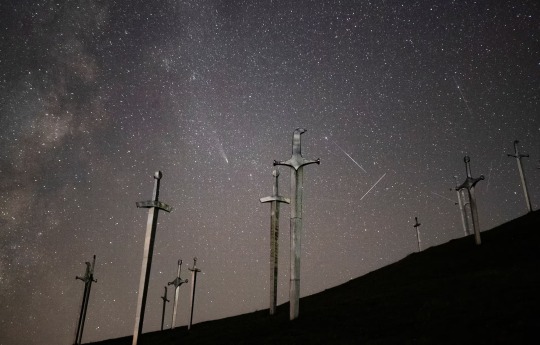


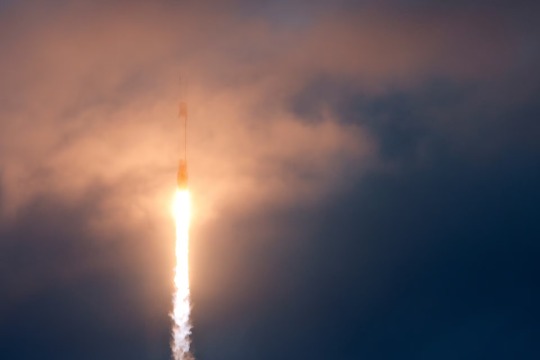







The most stunning images from space in 2024
click ALT on pic for description l more at REUTERS
#nasa#webb#hubble telescope#spacex#rocket launch#REUTERS#astrophotography#astronomy#galaxy#planets#solar eclipse#universe#space#sky#reuters pictures#comet#comet tsuchinshan atlas#Chandra observatory
458 notes
·
View notes
Text


February 17, 1959 — Vanguard 2 launches from Cape Canaveral
Vanguard 2 was the second successful Vanguard satellite and the first satellite used to measure cloud coverage. The 20-inch sphere was also used in atmospheric density and drag experiments while operational and has an expected orbital lifetime of 300 years.
Read more about the Vanguard program here!
image credit: NASA/NRL
36 notes
·
View notes
Text
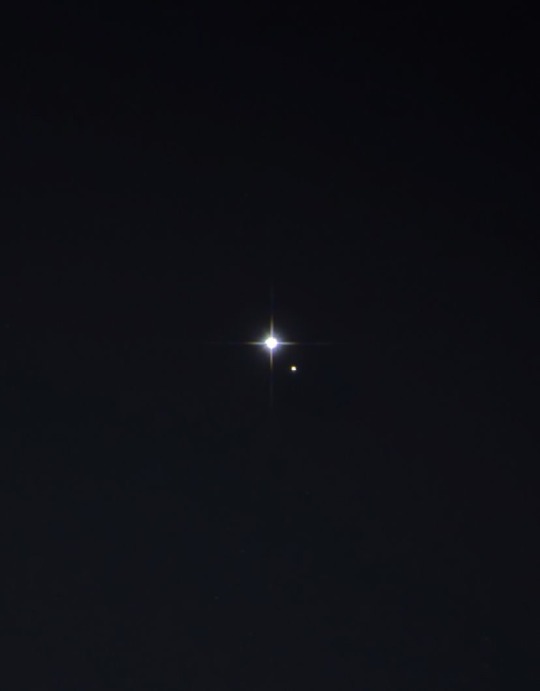
Imagine being millions of miles away and looking back to your home planet. This is earth and our moon.
#moon#astronomy#nasa#astronomers#universe#astrophotography#nasa photos#astrophysics#outer space#nasawebb#hubble space telescope#space travel#international space station#rocket launch#i love astronomy#astronomy facts#astrography#astro notes#astro community#astro observations#planetary science#science facts#space science#science#galaxies#galaxy#cosmos#space exploration#space#spacecraft
197 notes
·
View notes
Text
Astronomy Picture of the Day
2005 July 12
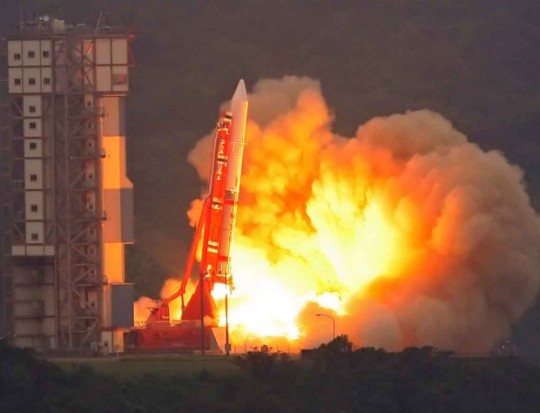
Launch of the Red Bird
Image Credit: Dr. F. Scott Porter, Exploration of the Universe Division, GSFC
Explanation: Glare and exhaust from the three stage, solid fuel M-V-6 rocket punctuates a perfect launch of the Astro-E2 observatory. The dramatic picture was taken at the Uchinoura Space Center on July 10 at 12:30 JST. For dedicated astronomers, a celebration is definitely in order as this launch is a reflight of the Astro-E payload, originally destroyed in a launch failure in February 2000. Now being checked out in Earth orbit, the innovative instrumentation on board the satellite will explore the Universe in energetic x-rays. Following a tradition of renaming satellites after their successful launch, Astro-E2 has been newly dubbed Suzaku. Suzaku, a phoenix-like deity in mythology associated with the southern part of the sky, is a 'Red Bird'.
Authors & editors: Robert Nemiroff (MTU) & Jerry Bonnell (USRA)
NASA Official: Jay Norris.
A service of: EUD at NASA / GSFC
& Michigan Tech. U.
5 notes
·
View notes
Text
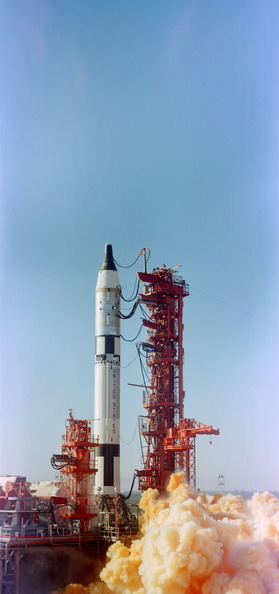

Liftoff of GT-3 on March 23rd, 1965, Gemini III
27 notes
·
View notes